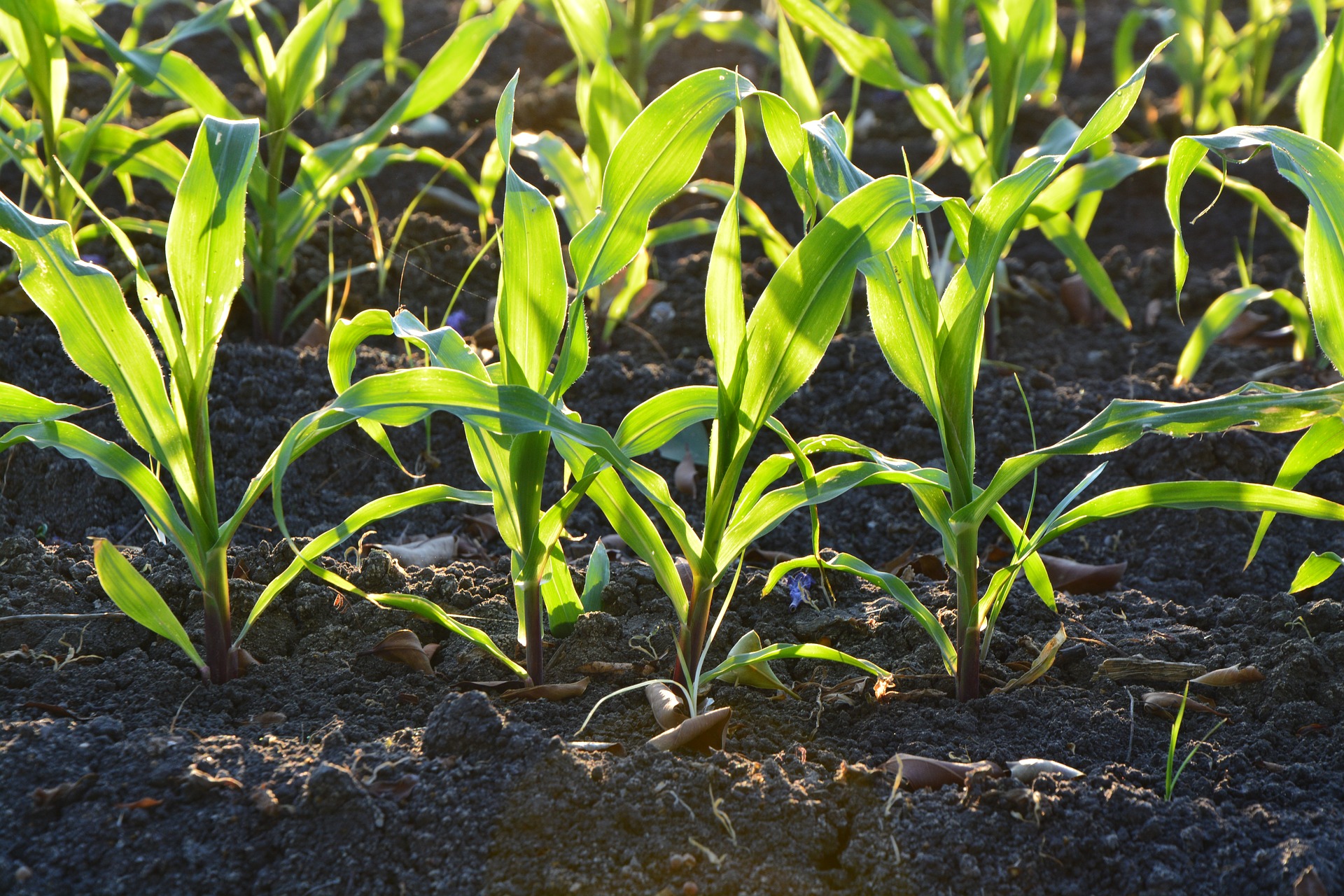While it may be unsettling to find an inchworm in our produce, another kind of small organism plays a critical role in agriculture and it’s one we can’t easily see nestled among leaves on a head of lettuce.
Microorganisms, like bacteria, secrete natural polymers called extracellular polymeric substances (EPS) into their environment. For bacteria living in soil, these substances help improve moisture retention which helps seedling growth and plant survival.
Researchers at the University of Connecticut have recently been awarded a patent for a new biotechnology that will greatly improve how agricultural research on this phenomenon is conducted.
A team led by UConn researchers Leslie Shor and Daniel Gage, invented a system of micromodels which emulate the properties of soil. These models allow researchers to look at how microbes acting within a micro-structured habitat can help soil hold on to moisture, or at least slow the rate that water is lost from soil.
“Soil microbes evolved within a micro-structured environment,” says Shor, associate professor of chemical and biomolecular engineering. “It stands to reason that important microbial functions work best when examined within realistic micro-environments.”
Currently, trials for research in this field begin in non-soil environments, like water, and then move into a greenhouse trial with actual soil. The technology developed by the team at UConn provides researchers with an intermediate state between water and actual soil.
Users can load the technology with liquids containing the microorganisms of interest and see how they function within the soil-like microenvironment. This will save researchers a great deal of time and money, as they can get a much better sense of how biological products will function within a realistic micro-environment before they move to the greenhouse trial.
“Real environmental systems are enormously complicated,” Shor says. “By combining engineering, molecular biology, and modeling, our team is offering a testing platform that will accelerate the development of new agriculture biotechnology for a more sustainable future.”
The agricultural industry is moving away from using chemical treatments, and so microbially produced products, or even applications including whole microbes, have emerged as the future of the industry while offering more environmentally friendly, sustainable solutions.
Shor received her Ph.D. from Rutgers University in 2002 and did postdoctoral studies at Vanderbilt University. Her current research focuses on microbial systems engineering, agriculture biotechnology, environmental biotechnology and microfluidics and BioMEMS. She is currently the chair of the Environmental Division of the American Institute of Chemical Engineers.
Gage received his Ph.D. from the University of Michigan and did postdoctoral studies at Stanford University. His lab studies how microorganisms regulate their molecular and cellular activities when growing and developing in close association with other species.
The project team also includes Jessica Furrer Chau, associate professor of micro and cell biology at Benedict College. Furrer received her Ph.D. from the University of Connecticut in environmental engineering in 2009.



